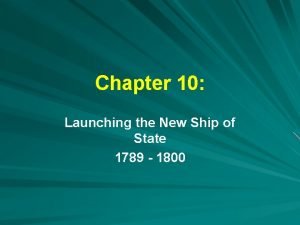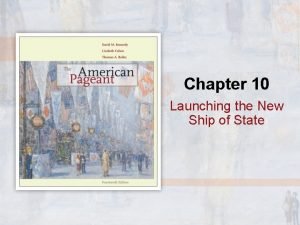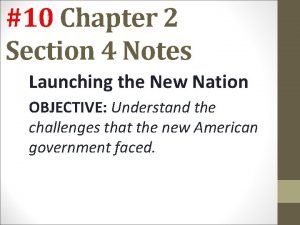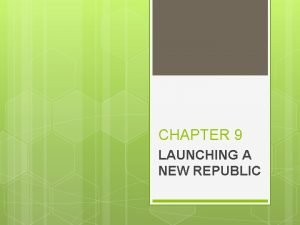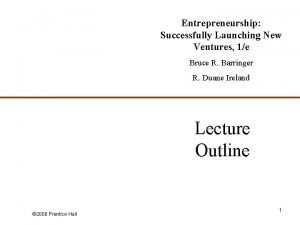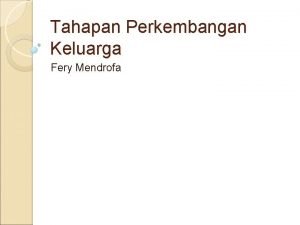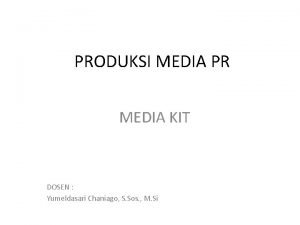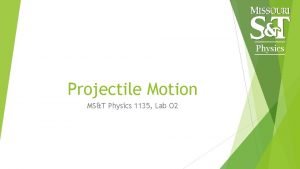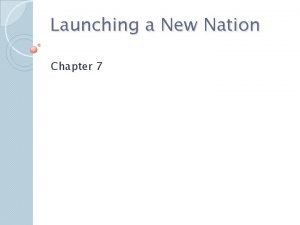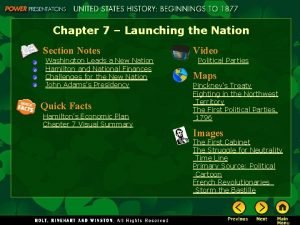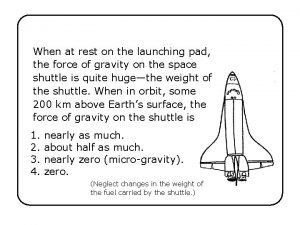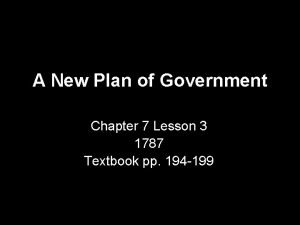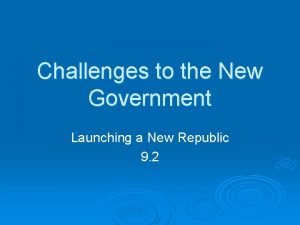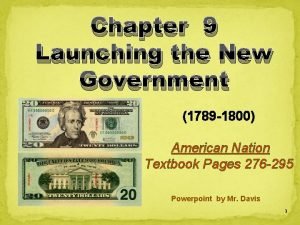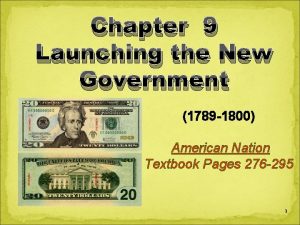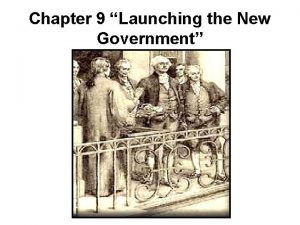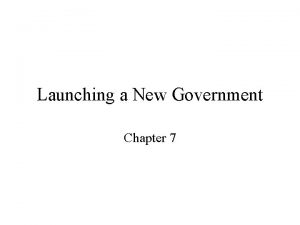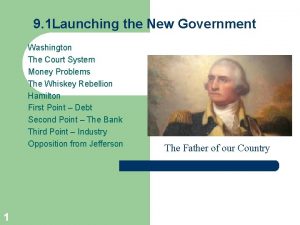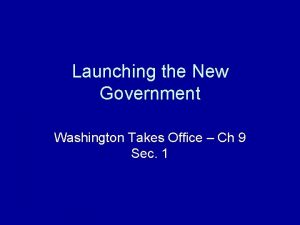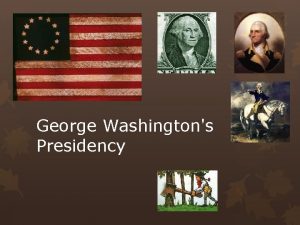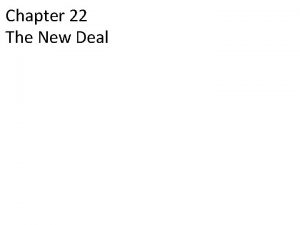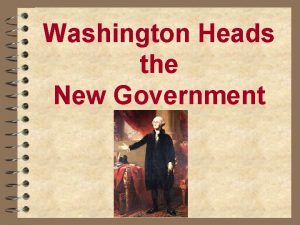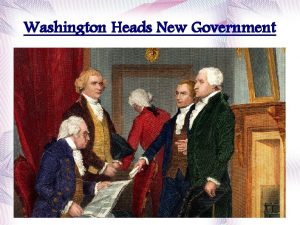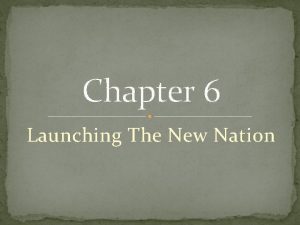Chapter 9 Launching the new Government Chapter 9

















- Slides: 17

Chapter 9 Launching the new Government

Chapter 9 Section 1 Washington Takes Office

I. Washington’s First Steps a) George Washington was inaugurated April 30, 1789 in New York City. b) He would be the example for future presidents. c) Created five departments and the heads of each department became part of the Cabinet 1. Department of State – Secretary of State: Thomas Jefferson 2. Department of Treasury - Secretary of Treasury: Alexander Hamilton 3. Department of War - Secretary of War: Henry Knox 4. Office of the Attorney General – Attorney General: Edmund Randolph 5. Postmaster General: Samuel Osgood

d) Creating Federal Courts 1. Judiciary Act (1789) said that the Supreme Court should have one Chief Justice and five associate judges (today we have 8 associates) a. Set up district courts and circuit courts b. First Chief Justice: John Jay II. Reducing the Nation’s Debt a) The government borrowed money by issuing bonds to pay for the Revolutionary War 1. Hamilton insisted on repaying all the debts using a two step plan a. Buy up old bonds issued before 1789 & sell new bonds to pay off old debt

b. Buy all states’ bonds and pay them off in the same way b) Debating Hamilton’s Plan 1. James Madison led the opposition a. Said that many soldiers & other citizens had been paid with bonds then sold those to speculators when they needed money b. Speculators paid only 10 -15 cents for a bond worth one dollar c. If government repaid the bonds at full value, the speculators would make large profits 2. Southern states opposed the Second part of the plan because most Southern states had paid off their debts

c) Hamilton’s Compromise 1. he would ask for the capital to be moved from New York to Virginia in return for Southerners’ support of his plan 2. In July 1790, Congress passed a bill taking over state’s debts and making plans for a new capital city a. Congress didn’t want the capital to be part of a state b. Chose land on Potomac River between Maryland Virginia, & called it the District of Columbia III. Plan’s to Build the Economy a) The national bank was established in 1791 as the Bank of the United States

1. government deposited taxes that were paid into this bank 2. bank issued paper money to pay bills 3. made loans to farmers & businesses b) Tariffs (taxes) on all imports 1. supported by North, opposed by South 2. Protected northern factories from competition 3. Southerners bought more imported & the tax made them more expensive IV. Whiskey Rebellion: tax passed in 1794 on all liquor made & sold in US a) A Hated Tax

1. Backcountry farmers grew corn which was easier to transport as whiskey in barrels 2. they refused to pay the tax; this led to open rebellion b) A show of Strength: Washington sent troops to Pennsylvania; the rebellion ended

Chapter 9 Section 2, 3, & 4

I. French Revolution A. Started in July 1789 B. Americans were split in Supporting the French C. Europeans nations were fighting the French – US signed a Treaty with France because the French wanted to use American ports D. Neutrality Proclamation of 1793 1. US would not support either side 2. Americans could not take any warlike actions against France or Britain E. American Merchants wanted trade with both countries 1. American ships trading with France were attacked by the British in the West Indies

2. Jay’s Treaty: signed by the British a. Britain agreed to pay for damages to US ships b. Britain would give up forts in Ohio River Valley c. Americans would pay debts owed to British in the West Indies II. Conflicts with Native Americans A. Indians were driving white settlers from their lands B. Battle of Fallen Timbers: US forces defeated Indians C. Treaty of Greenville, 1795 1. Miamis and 11 other Indian nations signed 2. Indians agreed to give up 25, 000 square miles of land

3. Would be paid $20, 000 and a promise of more if they kept peace III. Washington’s Farwell Address in 1796 A. Urged the US to remain neutral in relations with other countries B. Favored trade with other countries, but no alliances C. Cautioned Americans to not fight about politics IV. Political Parties A. The Constitution does not mention political parties – framers hoped they would not form because parties would keep politicians from thinking about the good of the country B. The 1790 s saw growth of two parties

Federalist Democratic-Republicans Led by Hamilton Led by Jefferson Merchants, Southern planters Small farmers, craft workers Wealthy & well-educated, should lead People should have political power Strong central government Strong state government Emphasis on shipping, manufacturing, trade Emphasis on agriculture Loose interpretation of constitution Strict interpretation of constitution Favored national bank Opposed national bank Favored protective tariff Opposed protective tariff Pro – British Pro - French

V. 1796 Election A. President: John Adams (Federalist) B. Vice-Pres: Thomas Jefferson(Republican) VI. John Adams as President A. XYZ Affair 1. France objected to Jay’s Treaty; began to capture American ships in the West Indies 2. Adams sent 3 ambassadors to France to negotiate 3. France sent 3 secret agents (became know as X, Y, & Z) to the Americans to ask for a bribe a. $250, 000 for the French Foreign Minister b. $10 million for France to stop attacks

4. American public was outraged: US would not pay bribe but would spend money to build up defense 5. Hamilton & Federalists wanted war with France a. Would build up defense & cause Republicans to lose favor b. Adams disagreed; led to split in the Federalist party 6. Convention of 1800 – agreement with France & Napoleon to stop French attacks on American ships B. Alien Act: allowed the President to expel any foreigner who he thought was dangerous to the country & made it harder for immigrants to become citizens

C. Sedition Act 1. Citizens could be fined or jailed if they criticized elected officials 2. Republicans claimed it interfered with the 1 st Amendment D. Kentucky & Virginia Resolutions 1. Response to Alien & Sedition Act 2. Raised the issue of states’ rights & the interpretation of the constitution 3. If a state decided that a law is unconstitutional, it can nullify that law within its borders VII. Election of 1800 A. Republicans nominated Thomas Jefferson & Aaron Burr; Federalist backed John Adams

B. At election time the Republicans won the popular vote, but when the Electoral college voted there was a tie between Jefferson & Burr because electors voted for Pres. And V. Pres separately C. When no one wins the electoral college, the House of Representatives decides the vote; after 4 days and 36 votes, Thomas Jefferson became the 3 rd President with Aaron Burr as V. Pres. D. The Federalist Era Ends 1. Won fewer votes in congress 2. In 1804, the Federalist leader Alexander Hamilton was killed in a duel with Aaron Burr 3. Federalists helped shape the new nation 4. Even Republican presidents kept Hamilton’s economic plans
 Launching the new republic
Launching the new republic Chapter 10 launching the new ship of state
Chapter 10 launching the new ship of state An exciseman cartoon
An exciseman cartoon Chapter 2 section 4 launching the new nation
Chapter 2 section 4 launching the new nation Chapter 9 launching a new republic
Chapter 9 launching a new republic Entrepreneurship: successfully launching new ventures
Entrepreneurship: successfully launching new ventures Launching family
Launching family Tony and sue are launching yard darts
Tony and sue are launching yard darts Contoh backgrounder perusahaan
Contoh backgrounder perusahaan Projectile apparatus with impact board and launching ramp
Projectile apparatus with impact board and launching ramp Launching the nation section 1 answers
Launching the nation section 1 answers Profit oriented entrepreneurial competencies
Profit oriented entrepreneurial competencies Tost winch
Tost winch Coupling stage family life cycle
Coupling stage family life cycle Launching the nation section 1 answers
Launching the nation section 1 answers If the sun suddenly collapsed to become a black hole
If the sun suddenly collapsed to become a black hole Launching customer
Launching customer Lesson 3 a new plan of government
Lesson 3 a new plan of government

